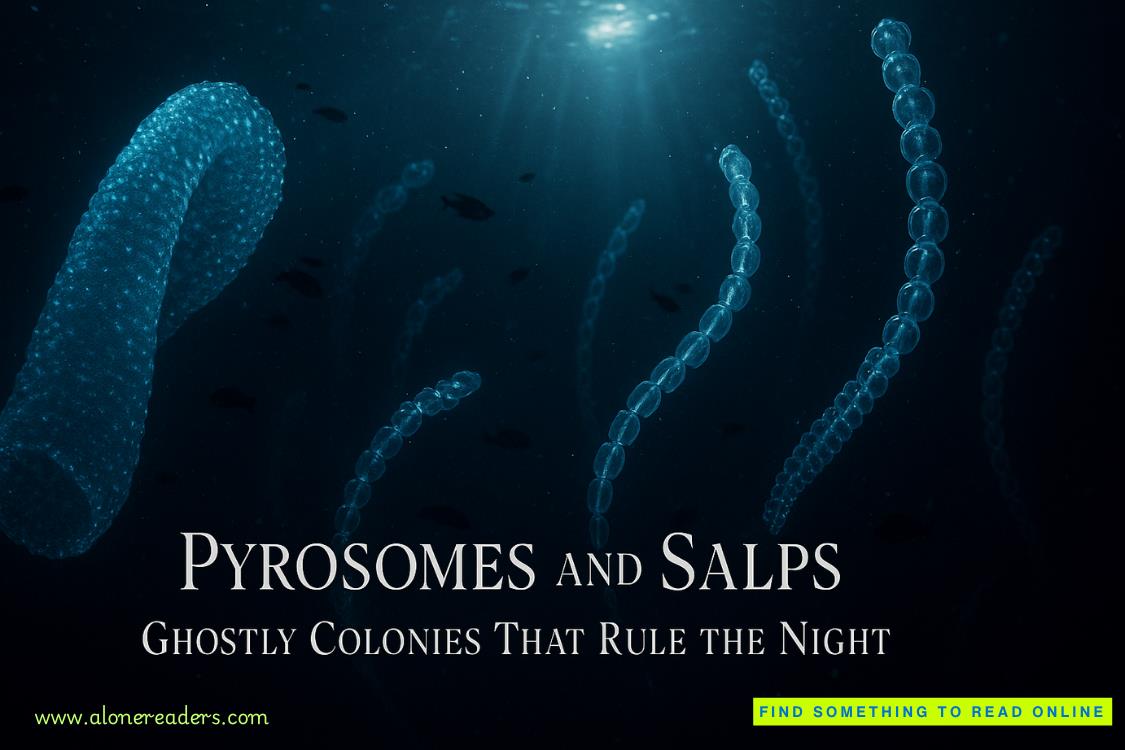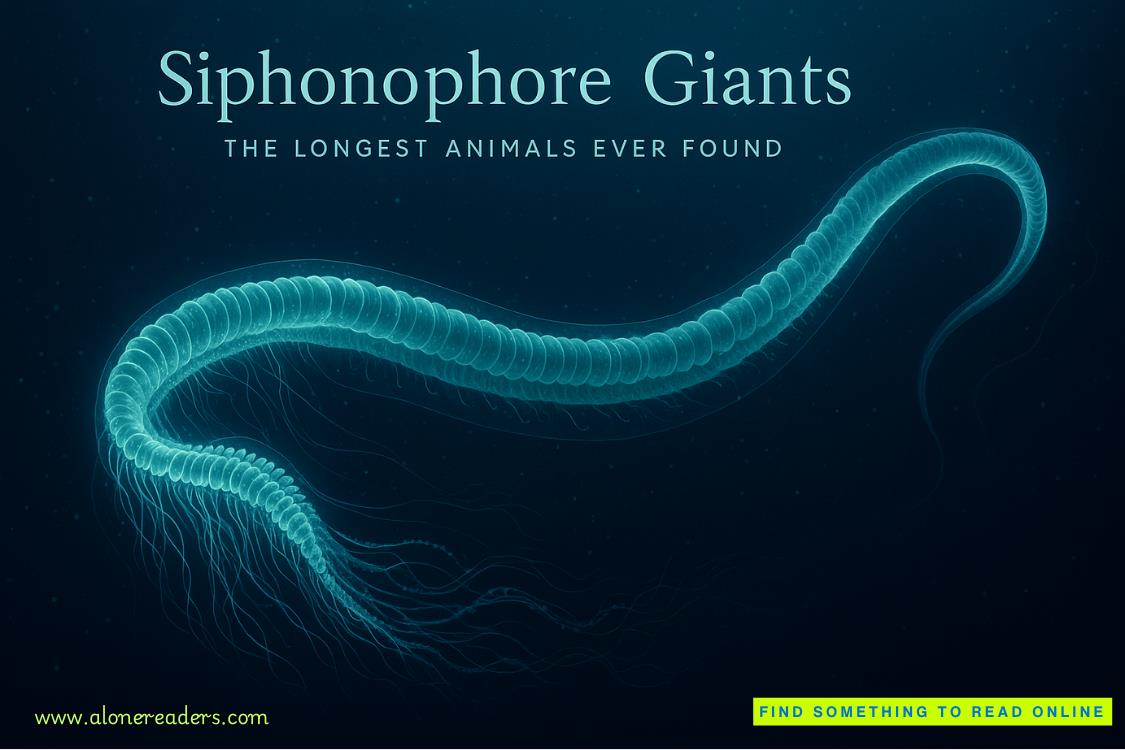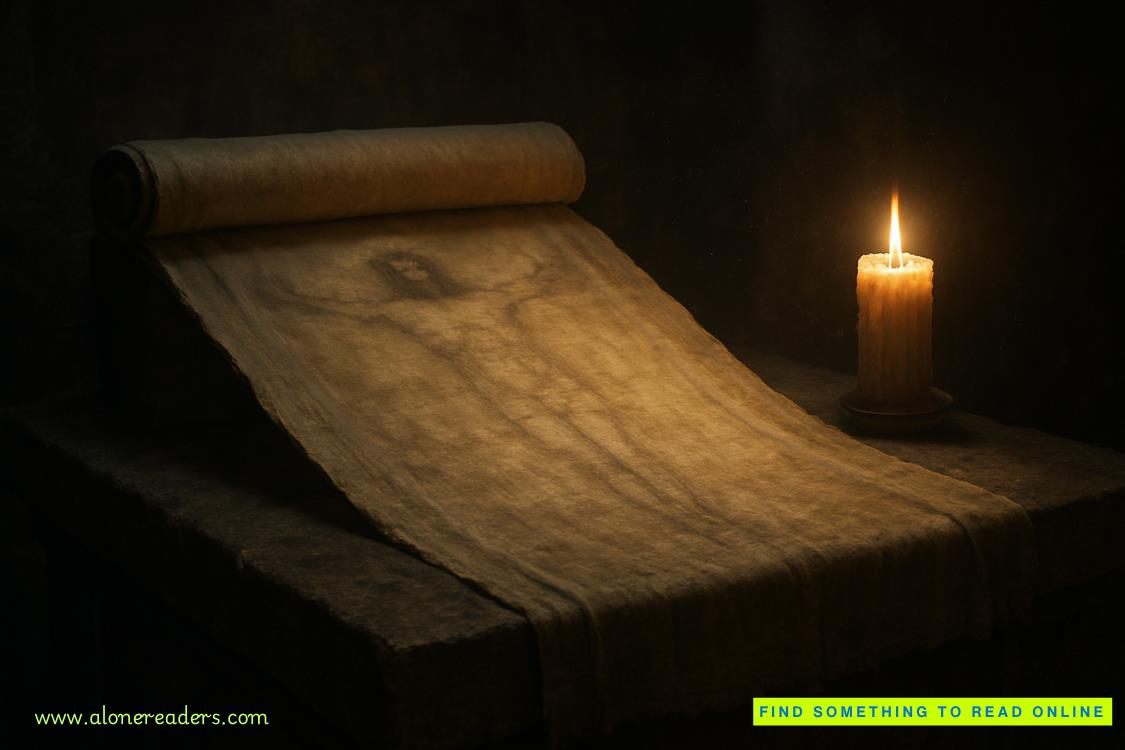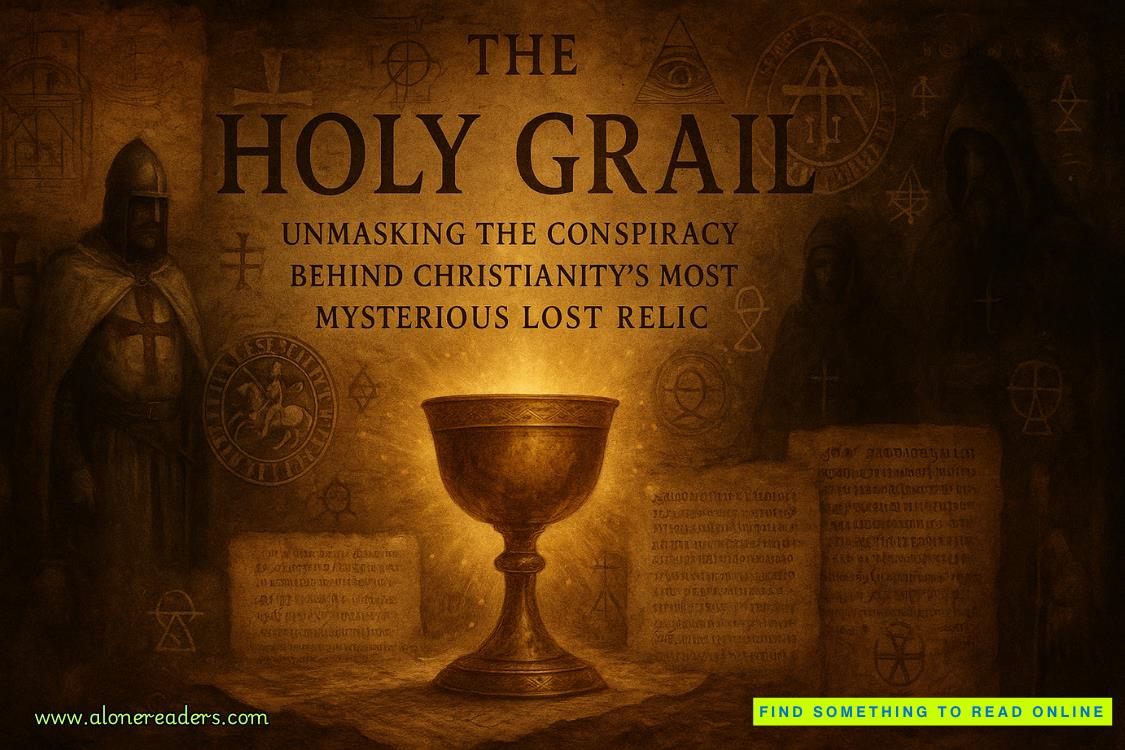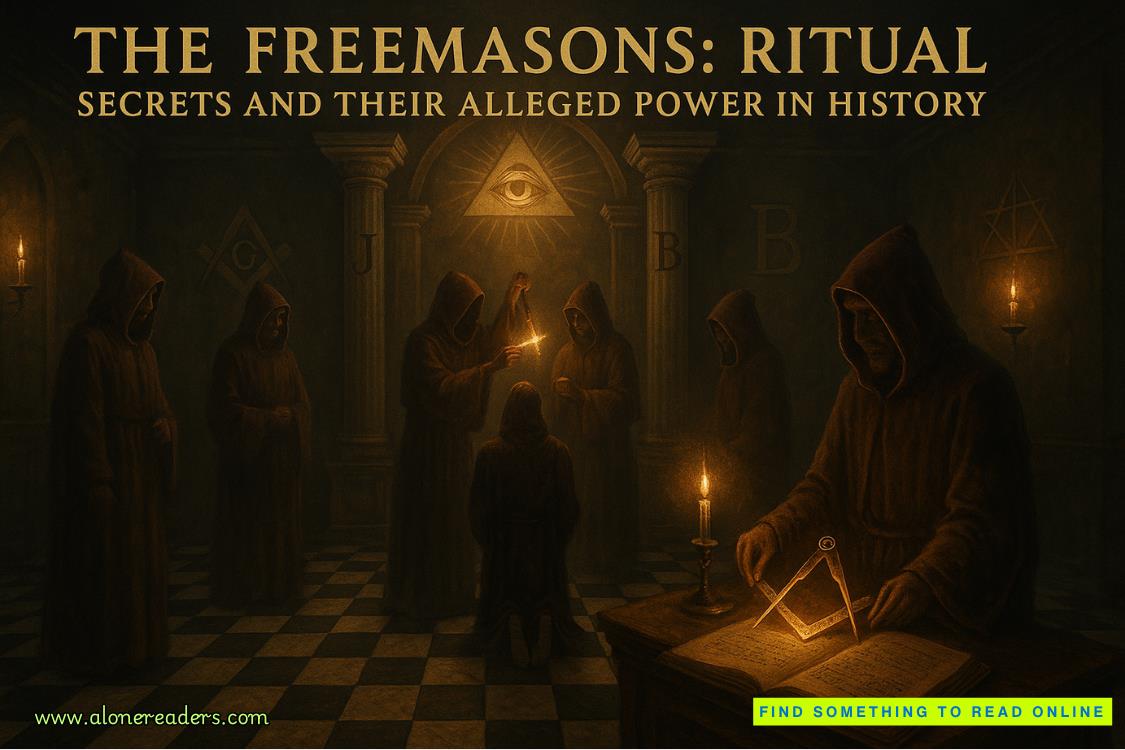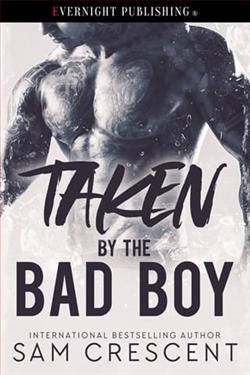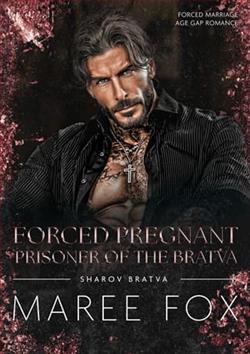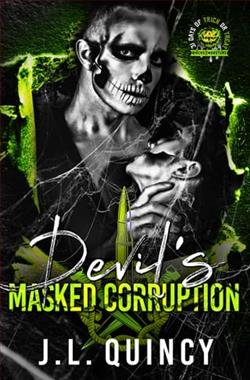Page 59 of The Bread We Eat in Dreams
Six red bullets will show the way down.
We all have to bring the cows in.
I am here to tell you
we are all of us just as mighty as planets—and you too,
we’ll let you in, we’ve got stalwart to spare—
but you might have to sleep on the floor.
Me and Bob and Witty just
clop on and the gun don’t soften
and the horse don’t bother me with questions,
all of us just heading toward the red rhyme of the sunset
and the door at the bottom of the verse.
The secret of being a cowboy is
never sticking around too long and honor
sometimes looks like a rack of bones
still standing straight up at the end of both poems.
Twenty-Five Facts About Santa Claus
1. Santa Claus is real. However, your parents are folkloric constructs meant to protect and fortify children against the darknesses of the real world. They are symbols representing the return of the sun and the end of winter, the sacrifice of the king and the eternal fecundity of the queen. They wear traditional vestments and are associated with certain seasonal plants, animals, and foods. After a certain age, no intelligent child continues believing in their parents, and it is embarrassing when one professes such faith after puberty. Santa Claus, however, will never fail us.
2. The current Santa Claus was once a boy. He is from Canada, not from Turkey or Scandanavia as some would suggest. When the Franklin expedition perished seeking the Northwest Passage, Santa Claus watched them die on the ice, a young man, emaciated, cold, wrapped in a red cloak. He was very sorry, but it was not Yuletime, and he had no power to save them.
3. The current Santa Claus took over his present position from Santa Lucia, who up until the 19th century rode a donkey into young children’s homes, bearing lavish gifts, espresso, and currant-cakes. If one was naughty, Lucia’s donkey would kick the embers of the fire in the offending child’s eyes, blinding them. Espresso was a magical drink which Lucia alone knew how to make, until a dastardly Italian baker stole the recipe in a daring and adventurous escapade. Its contemporary cousins are much diluted from the original. Santa Lucia took over from the Bishop of Constantinople, a very tall, skinny fellow. Everyone makes the winter office their own, however, and our Claus made several changes to the decor.
4. Santa Lucia sometimes still appears to certain children at Christmas-time. She is retired, but not dead or uninterested in the world. However, children are practical sorts, and rarely appreciate the dense currant cakes and highly caffeinated coffee Lucia bears to them. Nor do they have the first idea what to do with her gifts, which are more often than not complex bronze, iron, or bone devices bearing a family resemblance to the Antikythera Mechanism. Still, as with any peculiar maiden aunt, it is the thought that counts.
5. Before taking up his current office, Santa Claus worked at a textile factory in London. He showed already some ability at crossing large distances quickly, stowing aboard a steamship hoping for a new life in the Old World. He lost his pinky finger in a loom, but sent money home to his family in Canada as a good son does. It was sometime around then that he met a girl named Lucia with hair the color of candlelight, and one will make no assumptions about anything untoward occurring between them.
6. Santa Claus is a tax-exempt entity under the laws of several Pole-adjacent nations. This began as a kind of good-natured joke among legislatures seeking to appear jolly, publicly announcing such a reprieve before adjourning for Christmas nog and poppyseed loaf, but has proved quite useful for Santa, as he takes in a tremendous amount of raw material during the year and should not like to have to calculate 30% of a magical pony with pink-floss hair and fiery breath.
7. The elves are really quite a complicated situation. They were summarily dismissed from Europe sometime after Rome fell (you’ll find elves to be sullen and recalcitrant on this topic, should you press for exact dates and place-names) and had resettled above the Arctic Circle in a network of villages called Tyg-qir-Mully, raised by snow-chant and a long and patient seduction of the ice. In their glittering towns they lived and drank gluhwein and worked their weaving. Some say that the presence of so many elves in one place, so much magic in one region, simply created an empty space in the universe that Santa Claus could fill like a key. Some say it was rank colonization by a piece of European folklore that broke off and floated away. Either way, a house appeared in the center of Tyg-qir-Mully, hung with glittering icicles and sweet round doors, and eventually, someone came to live in it and took on a mythologically lucrative profession and a logical labor-sharing commune was established among all the Mully-folk.
8. Santa Claus is concerned about the problem of Arctic ice. The ice is the spouse of the elves, and she is sick. She is the primary source of their magic, as the elves cannot be separated from the place where they live. For many years now, this is all they have asked for for Christmas: that the ice should come back.
9. Once an elf-Queen by the name of Gyfwoss rode her royal seal out onto the ice plain and called down the moon. She lifted her arms above her head and her hair turned blue and the moon drifted down the sky like a white petal. She held it in her arms like a child and somehow she was big enough, or it was small enough. She asked the moon for a gift and in her hands it turned into a pale silver present, wrapped with a sprig of pine and a lavender bow. When she took it home and opened it in her innermost chamber, she found a glass wedding ring. Once a year the moon turns into a very nice man with white hair and knocks on her door. Santa sometimes calls Gyfwoss Mrs. Claus, but everyone knows she is married to the moon, forever and for all time.
10. Santa Claus has only been seen seven times in all of his long career. This is a very good record. Mainly, he is seen because he wants to be. That or the reindeer give him away. The most recent sighting was in France, little Marguerite Lysan was sleeping in the back room of a cafe where her friend worked the morning baking shift. She didn’t see him because she deserved it more than other people. She didn’t see him because she was special. She saw him because a reindeer was lonely. She didn’t wake up when the man in red came into the house, but before midnight passed she
felt a soft velvet nose nuzzle her hand, and then more, lightly fuzzed antlers beneath her fingers. She smiled as she opened her eyes, and saw a pair of eyes, deep and black, with stars in them.
11. Santa Claus actually met Jesus once, when they were both very young. Santa wasn’t even called Claus yet, and he didn’t wear red. He was just thin and tired and alone, and so was Jesus, and they shared some wine and talked about what it was like to be folklorically dense nexus points. You really can’t understand something like that without experiencing it. At the time no one even believed in them yet; they were just knots of colliding memes, waiting for their destiny, the way kids do after high school but before college, sitting out on that bridge over the river, kicking their feet out into the air, wondering what they’re going to be when they grow up.
12. Santa Claus doesn’t really like cookies and is lactose-intolerant. He doesn’t mind, though. He knows that it’s quite literally the thought that counts. Cookies are quantum clusters with a raspberry swirl and chocolate chips. They tell him who he is. They say: you are hot and sweet and alive, even in the cold, and in at least three other universes you wear purple. Without cookies, he might lose his moorings, and on a journey like his, you cannot afford to take a wrong turn down some pulsar-strewn alley.
13. The Coca-Cola Company sometimes claims to have invented the modern version of Santa Claus. That’s not true. What happened was that somewhere between the former terribly exciting coca-leaf-heavy recipe and the more staid “classic Coke” batches, a young cola-chef put forward and produced several cases of an experimental soft drink that induced in the entire board of Coca-Cola a series of fever dreams in which they were chased by a certain red-cloaked figure through a dark wood, their blood shrieking in their limbs, terror clutching at their throats, the smell of holly and Christmas everywhere and then, oh, the spear! Most of the board never quite recovered their wits, the cola-chef was summarily dismissed, and thereafter, the man in red begins to appear in Coca-Cola’s wintertime advertisements.
